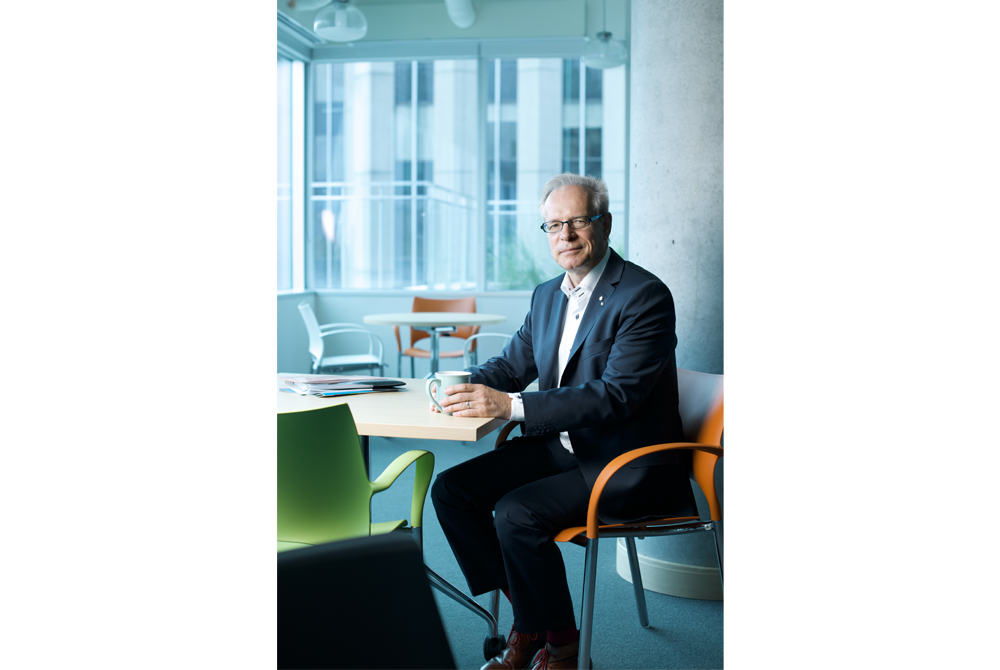This morning, the Canada Council for the Arts released its significantly altered funding model. Plans to change the granting system were first announced in January.
Rather than maintaining their 147 discipline-specific programs, the Canada Council has whittled down the system into six national, non-disciplinary programs:
Explore and Create
A program “for artists, collectives and organizations focused on research, development, exploration and innovation in the creation of new work advancing their art forms.”
Engage and Sustain
Offers support to “arts organizations in the production and presentation of ongoing, sustainable, high-quality artistic activities that engage the diversity of citizens within their communities and beyond.”
Creating, Knowing and Sharing Aboriginal Arts
This program supports “Aboriginal artistic and cultural expression and the vitality of Indigenous artists, artistic practices and communities. Although it is a dedicated program for Aboriginal arts, First Nations, Metis and Inuit artists are also invited to take advantage of all of the Canada Council’s other programs.”
Renewing Artistic Practice
Dedicated to “innovation, collaboration, sustainability and adaptability in Canada’s professional arts sector.”
Arts Across Canada
This program “encourages the dissemination of excellent Canadian art across the country for the benefit of as many Canadians as possible.”
Arts Abroad
Reserved for “the presentation and circulation of Canadian art and artists abroad.”
In a statement, the Canada Council reiterated that these alterations are intended to “offer artists a simpler, more artist-centred application process, to respond proactively and constructively to current trends and issues in the arts and to maximize the social, creative and economic impact of the arts in Canada.”
In the initial announcement of these changes, the Canada Council’s director and CEO, Simon Brault, maintained that the organization will continue to rely on peer assessment. However, how this will be executed in non-disciplinary programs remains unclear.
The new model will be implemented in 2017.









